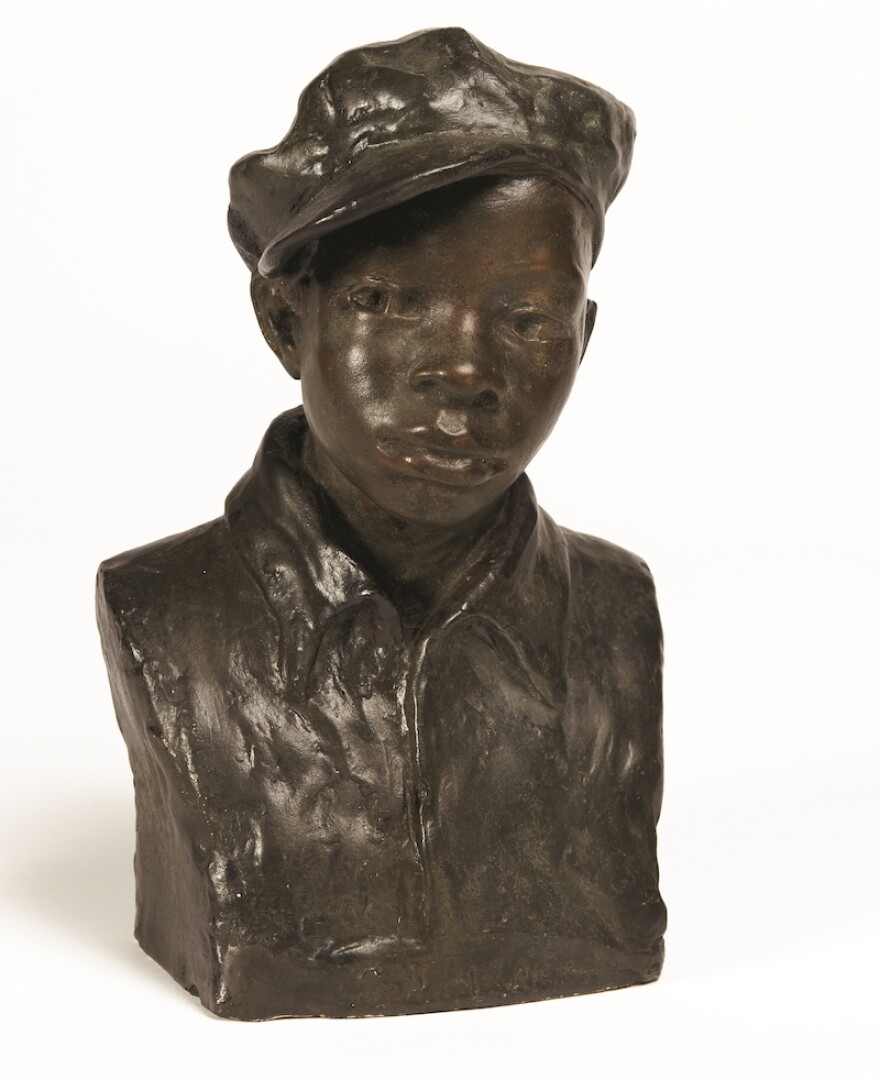All around the city, Columbus has been celebrating the 100th anniversary of the Harlem Renaissance in a big way.
As the commemorative events draw to a close later this month, Classical 101 and the Columbus Museum of Art are joining forces Saturday, Jan. 12 for Portraits of Langston, a program featuring music by two groundbreaking composers – one contemporary, one historical.
The program draws its name from a chamber work by contemporary composer Valerie Coleman (b. 1970). Washington Post classical music critic Anne Midgette named Coleman one of the Top 35 Female Composers in Classical Music.
Coleman is the founder and former flutist of Grammy-nominated Imani Winds, and her compositions have taken their place in the standard repertoire, highly regarded as a deeply relevant contribution to modern music. Coleman writes:
"Portraits of Langston is a suite in six short movements and is my take on Hughes' poetic memories of Harlem and Europe (mainly Paris). I chose Langston not because of who he is in literature, but because he was, in fact, an eyewitness to legends born.
"His poems are so descriptive of the era, with references to particular settings and individuals who influenced him: Josephine Baker, Helen Keller, the nightlife and music of Harlem jazz clubs and Parisian cabarets.
"The imagery that Hughes provides gives me quite a historical palette that inspires me to illustrate a work truly unique to duo repertoire.
"Stylistically, this work incorporates many different elements that are translated into woodwind technique: the stride piano technique, big band swing, cabaret music, mambo, African drumming and even traditional spirituals."
The concert program by the same name features clarinetist Antoine T. Clark, flutist Dennis Carter, pianist Caroline B. Salido-Barta and narrator Herbert Woodward Martin. In addition to performing, Clark is the creator and organizer of the musical portion of this event and provided program notes.
William Grant Still (1895-1978) broke many barriers during his career, including becoming the first African-American to conduct a major American symphony orchestra, the first to have a symphony performed by a leading orchestra, the first to have an opera performed by a major opera company and the first to have an opera performed on national television.
Still's musical style incorporates a variety of African-American influences, from spirituals to blues and jazz, in addition to European, Latin-American and other folk music genres. Because of his close association and collaboration with prominent Afro-American literary and cultural figures such as Alain Locke and Langston Hughes, William Grant Still is considered a figure of the Harlem Renaissance movement.
"Mother and Child" and "Gamin" come from Still's Suite for Violin and Piano (1943). In this work, Still aims to approximate the modal flavor of indigenous African music as well as draw on inspiration from visual artists.
"Mother and Child" was influenced by Sargent Johnson's lithograph of the same name and is a lyrical, sustained and expressive movement reminiscent of both spirituals and Debussy. A bronze sculpture by Augusta Savage (pictured above) served as the inspiration for "Gamin." This movement is rhythmic, humorous and bluesy.
"Summerland," arranged for flute and piano, is the second movement of Still's Three Visions for Piano (1935). Still wrote the suite for his wife, Verna Arvey, who in 1936 premiered the work in Los Angeles.
The three movements of the suite – "Dark Horsemen," "Summerland" and "Radiant Pinnacle" – tell the story of the human soul after death: the body expires, and the soul goes on to an apocalyptic judgment.
If the past life has been a good one, the soul may enter heaven, or Summerland. After a period of time, the soul may reincarnate to learn additional earthly lessons on the human plane. Some souls reincarnate many times, in constant, circular progress toward godly perfection.
Following Still's death, his daughter discovered Two Cameos. These two works were originally titled "Terrible Trailer" and "Pompous March." But when his daughter Judith published the pieces posthumously, she changed the names to reflect the feelings and images the music evoked in her. She noted "Terrible Trailer" reminded her of the family dog, Shelia. Both pieces are thoroughly charming and inventive.
"Lyric Suite" is from Still's Lyric String Quartette (1960). Dedicated to his friend Joachim Chassman, the piece does well in expressing Still's intimate compositional style. The work's subtitle, “Musical Portraits of Three Friends: Impressions,” highlights Still's strong ability to write music that effectively captures the spirit of the topics and styles that influenced his music.
Still often based his works on folk music from diverse cultures, including Latin America. The middle movement of this work, "The Quiet One," is based on an Inca melody.
This event is the first of a series called Music +, a collaboration between Classical 101 and the Columbus Museum of Art, exploring things that go well with music. In this case, the plus is brunch. The event starts with a brunch buffet at noon, then moves on to the music at 1 p.m. Members of WOSU and/or CMA can take advantage of a $10 discount on event tickets by entering the coupon code WOSU PLUS.



